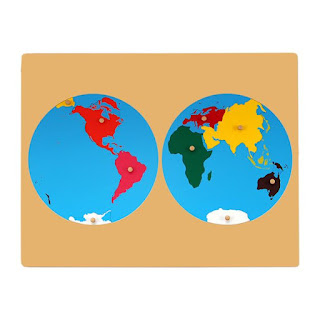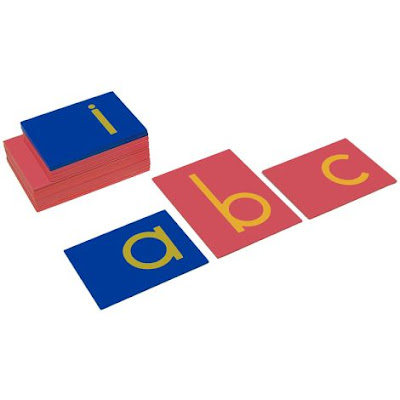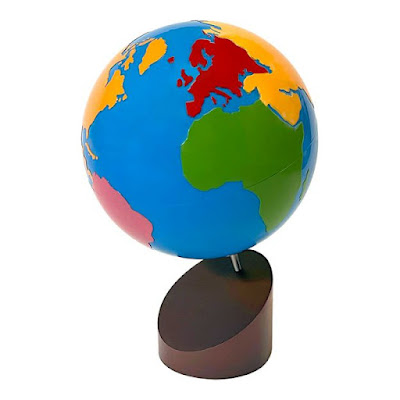In the realm of education, the Montessori method stands as a beacon of progressive and child-centric learning. Central to this philosophy are the meticulously designed Montessori educational materials that create an environment of exploration, discovery, and growth for young learners. This blog post delves into the significance and impact of these materials on a child's educational journey.
The Philosophy Behind Montessori Educational Materials
Maria Montessori, an Italian physician and educator, revolutionized early childhood education with her innovative approach that respects the natural development of children. A cornerstone of her method is the use of thoughtfully crafted Montessori educational materials. These materials are not just mere objects; they are tools that ignite a child's curiosity and foster hands-on learning.
A Hands-On Learning Experience
One of the hallmarks of Montessori classroom materials is their tactile nature. From the iconic Montessori Pink Tower to the intricately designed Sandpaper Letters, each material is designed to engage multiple senses. Children touch, manipulate, and explore these materials, leading to a deeper understanding of concepts. This hands-on experience goes beyond rote memorization, nurturing a genuine love for learning.
The Role of Montessori Educational Materials
Montessori materials serve as bridges that connect the abstract to the concrete. Take, for instance, the Montessori Number Rods. These rods aren't just rods with varying lengths; they represent quantities and help children grasp the concept of numbers through visual and tactile means. This approach ensures that children don't just memorize numbers, but truly comprehend the underlying mathematical principles.
Promoting Independence and Decision-Making
In a Montessori classroom,
freedom within limits is a fundamental principle. The carefully curated
Montessori classroom materials empower children to choose their activities
independently. This autonomy fosters decision-making skills, self-discipline,
and a sense of responsibility. Through activities like arranging the Geometric
Cabinet or matching the Cylinder Blocks, children exercise their judgment and
develop a strong sense of accomplishment. These
Montessori classroom materials serve as the building blocks for
not only academic growth but also personal development, preparing children for
a successful future.
Creating a Prepared Environment
Montessori educational materials are integral to creating a prepared environment that encourages exploration. When you step into a Montessori classroom, you'll notice shelves neatly organized with enticing materials beckoning children to explore. These materials are carefully sequenced, gradually progressing from simple to complex, ensuring a smooth transition in learning. The environment itself becomes a silent teacher, guiding children through their educational journey.
A Lasting Impact
The influence of Montessori educational materials extends beyond early childhood. The critical thinking, problem-solving abilities, and love for learning instilled through these materials stay with children as they grow. The skills they develop set a strong foundation for their future academic pursuits and life endeavors.
Experience Montessori Magic
At its core, the Montessori philosophy emphasizes the transformative power of its educational materials. These materials are windows into a world of discovery, growth, and independence. Whether you're an educator, a parent, or anyone invested in a child's education, embracing Montessori materials is a step towards fostering holistic development and a brighter future.
In conclusion, Montessori
educational materials are not just tools; they are pathways to lifelong
learning. These materials serve as the silent guides that nurture a child's
innate curiosity and ignite a passion for knowledge. So, if you're passionate
about nurturing young minds and facilitating well-rounded growth, exploring the
world of Montessori educational materials is a journey worth undertaking.
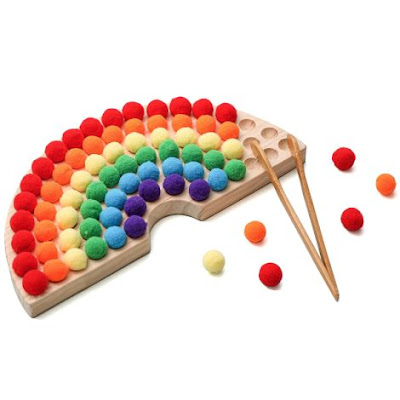
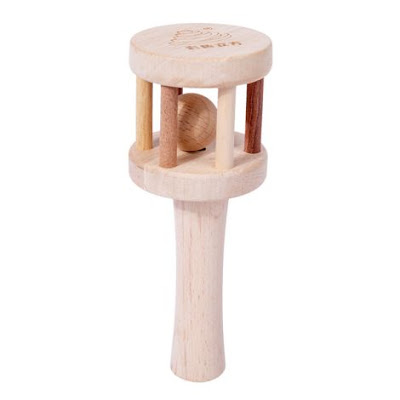

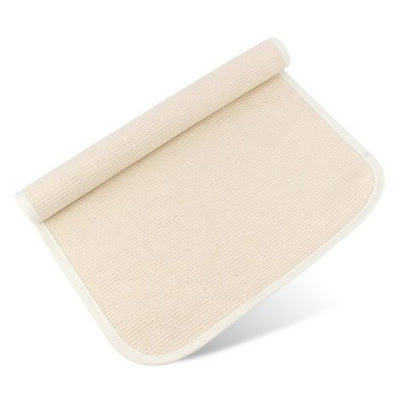
.jpg)
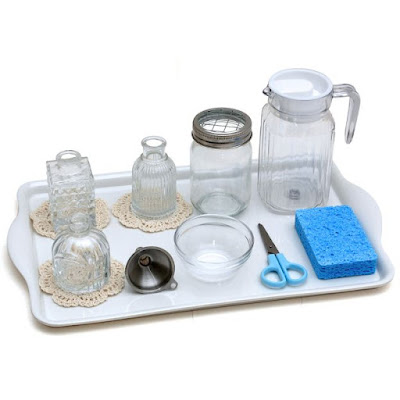
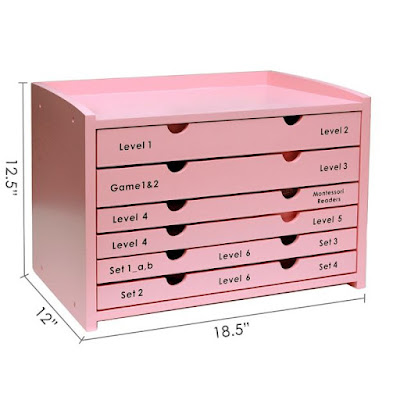

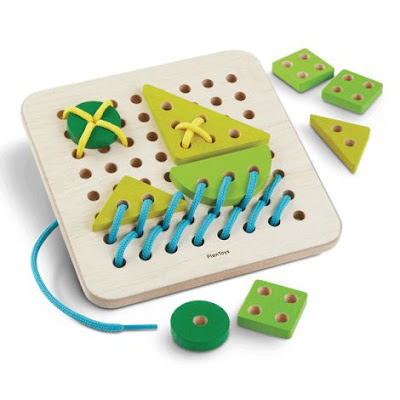
.jpg)
